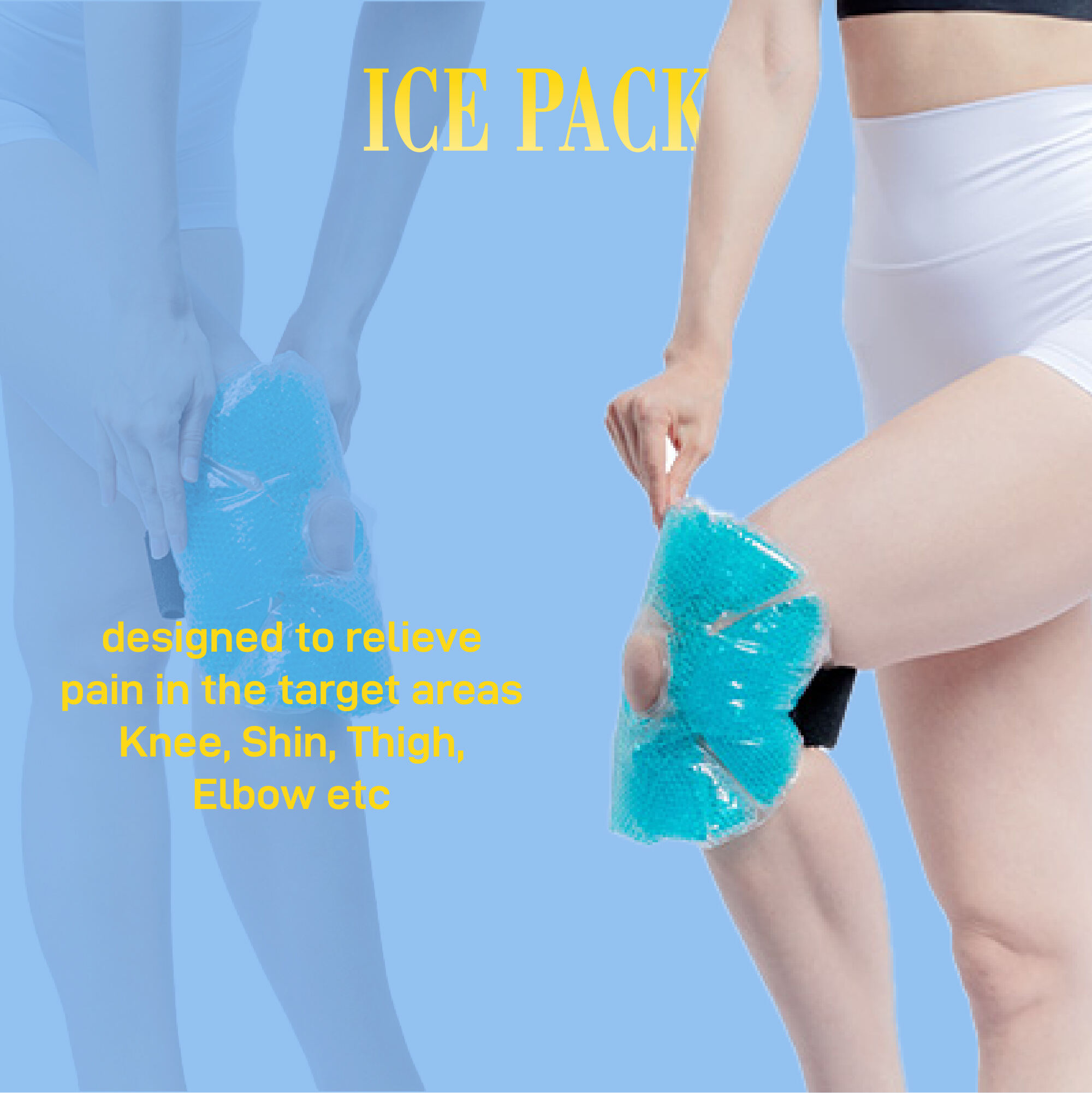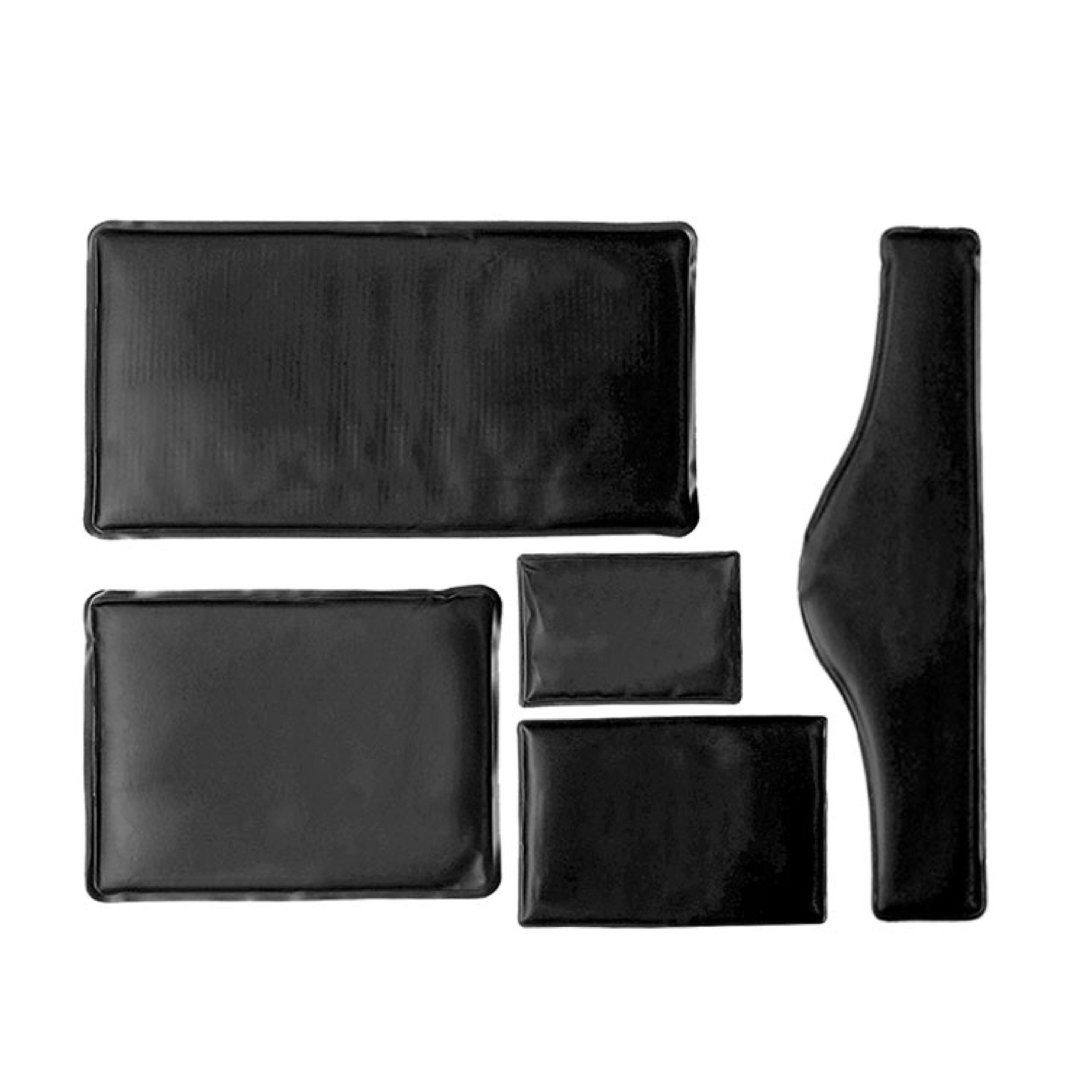What Types of Ice Packs Are Available for Injury Treatment?
Injury treatment often begins with one of the simplest and most effective remedies: the application of cold. Using ice packs to cool down an injured area is a widely recognized practice in sports medicine, physical therapy, and at-home care. Ice packs reduce swelling, minimize inflammation, and provide pain relief by lowering tissue temperature and constricting blood vessels. For injuries such as sprains, strains, bruises, or post-surgical swelling, applying ice packs is often the first step toward recovery.
However, not all ice packs are the same. There are several types available, each with specific benefits, drawbacks, and ideal applications. Understanding these options helps individuals choose the right solution for their injury and ensures safe, effective use. This article explores the different types of ice packs available for injury treatment, how they work, and how to decide which type best fits your needs.
Why Use Ice Packs for Injury Treatment?
Before exploring the types, it is important to understand why ice packs are used. Cold therapy, or cryotherapy, works by slowing down blood flow to the affected area. When blood vessels constrict, swelling decreases, and the release of inflammatory chemicals is reduced. Cooling also numbs nerve endings, providing pain relief. These effects make ice packs a valuable tool for treating acute injuries, managing chronic conditions, and aiding in post-surgical recovery.
The benefits of ice packs include pain relief without medication, reduced swelling and bruising, faster recovery when applied promptly, and ease of use at home or in clinical settings.
Types of Ice Packs for Injury Treatment
Reusable Gel Ice Packs
Reusable gel ice packs are among the most popular types. They are filled with a gel that remains flexible even when frozen, allowing the pack to conform to the shape of the injured area. This flexibility makes them especially useful for joints like knees, ankles, or shoulders.
These ice packs are convenient, long-lasting, and cost-effective since they can be refrozen and used repeatedly. They are best for individuals who need frequent cold therapy for recurring injuries or chronic pain.
Instant Ice Packs
Instant ice packs are designed for one-time use and provide immediate cooling without the need for a freezer. They contain separate compartments of chemicals that, when mixed by squeezing or shaking, create an endothermic reaction that produces cold.
These are particularly useful for emergency situations, sports events, or outdoor activities where access to a freezer is not available. While convenient, they are less eco-friendly and more expensive over time due to their disposable nature.

Clay Ice Packs
Clay ice packs contain a special clay that retains cold for extended periods. Once frozen, they remain colder for longer than gel packs, making them suitable for prolonged therapy sessions. However, clay ice packs are less flexible and may not conform as easily to body contours.
They are ideal for larger muscle groups or areas where extended cold exposure is necessary, such as the back or thighs.
Foam or Fabric Ice Packs
Some ice packs are filled with foam or fabric soaked in water and then frozen. These are lightweight and inexpensive, but they do not stay cold as long as gel or clay packs. Their advantage is their softness, which can feel more comfortable on sensitive areas.
They are often used for minor injuries, children, or individuals with sensitive skin who require a gentler cold application.
Ice Wraps and Compression Packs
Ice wraps combine cold therapy with compression, enhancing the effectiveness of treatment. They are typically made with sleeves, straps, or elastic bands that hold the cold pack in place while applying gentle pressure.
The combination of cold and compression reduces swelling more effectively than cold alone. These are often recommended for athletes or individuals recovering from joint injuries. Ice wraps are particularly useful for knees, ankles, and elbows.
Homemade Ice Packs
Homemade ice packs are a cost-effective solution that can be made with items found in the kitchen. Common options include bags of frozen peas or rice, or mixing water with rubbing alcohol in a sealed plastic bag to create a slushy consistency.
While inexpensive and customizable, homemade packs may not stay cold as long or conform as well as commercial options. They are best for occasional use or as a backup when other ice packs are unavailable.
Specialty Ice Packs
Some ice packs are designed for specific parts of the body. Examples include neck ice collars, eye masks, or shoulder wraps. These specialty packs are contoured to fit the anatomy of the targeted area, providing better coverage and comfort.
They are especially useful for conditions like migraines, sinus pain, or targeted post-surgical recovery. Though more expensive, they provide superior fit and effectiveness compared to general-purpose packs.
How to Choose the Right Ice Pack
When selecting an ice pack, consider the following factors.
The type of injury matters. Acute injuries with significant swelling benefit from instant packs in emergencies, while reusable gel packs are best for ongoing therapy. The body part affected should also guide your choice. Flexible packs are ideal for joints, while larger, more rigid packs work well for back or thigh injuries. Duration of therapy is important; clay packs retain cold longer, while gel packs may need to be refrozen more often. Convenience plays a role too. For sports teams or travelers, instant ice packs are the most practical choice. For home use, reusable packs are more economical.
Finally, personal preference matters. Some people prefer the softness of fabric packs, while others value the longer cooling duration of clay or gel options.
Safety Tips for Using Ice Packs
While ice packs are generally safe, they should be used correctly to avoid skin damage. Always wrap ice packs in a thin towel or cloth to prevent frostbite or skin irritation. Limit application to 15 to 20 minutes at a time, with breaks in between sessions. Avoid placing ice packs directly on broken skin or open wounds. People with conditions such as diabetes or poor circulation should consult a healthcare provider before using ice therapy.
Benefits of Ice Packs Beyond Injuries
Ice packs are not limited to treating injuries. They are also used to manage fevers, provide relief from migraines, reduce swelling after dental procedures, and soothe sunburns. Eye masks filled with gel can reduce puffiness and irritation. These versatile applications make ice packs a staple in both households and medical facilities.
Future Trends in Ice Pack Design
Innovation in cold therapy products is leading to more advanced ice pack designs. Reusable packs are being made with eco-friendly materials, and some products now include built-in temperature regulation to prevent overcooling. Wearable ice packs with straps and contoured shapes are becoming more common, offering greater comfort and effectiveness. In the future, smart ice packs that monitor skin temperature and provide feedback may become widely available.
Conclusion
Ice packs are one of the most effective, affordable, and accessible tools for injury treatment and pain relief. From reusable gel packs and instant packs to clay-based options and specialty designs, there is a wide variety available to meet different needs. The right choice depends on the type of injury, location, duration of therapy, and personal preferences.
When used correctly, ice packs reduce pain, limit swelling, and promote faster recovery. Their versatility extends beyond injuries, making them valuable for headaches, fevers, and everyday discomforts. As technology advances, ice packs will continue to evolve, offering even more effective and sustainable ways to manage pain and inflammation.
FAQ
What type of ice pack is best for sprains?
Reusable gel packs or ice wraps with compression are most effective for sprains because they conform to the joint and reduce swelling.
Are instant ice packs reusable?
No, instant ice packs are for one-time use only and must be disposed of after activation.
Can I apply an ice pack directly to my skin?
No, always wrap an ice pack in a towel or cloth to avoid frostbite or skin irritation.
How long should I use an ice pack for an injury?
Apply for 15 to 20 minutes at a time, with breaks in between sessions.
Are homemade ice packs effective?
Yes, homemade ice packs can be effective for occasional use, though they may not last as long or conform as well as commercial products.

